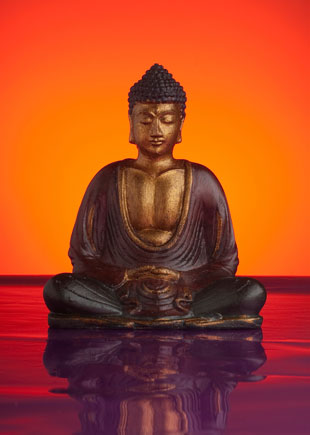 Religion of Kindness
Religion of Kindness
His Holiness the Dalai Lama advocates a universal "religion of human kindness." Browse our coverage of his books and other resources and see a quotation sampler. Read what he writes about compassion and love. Try a meditation in which you recognize that an enemy has been your mother.
 How to Be Compassionate
How to Be Compassionate
Compassion is a primary teaching of Tibetan Buddhism. His Holiness the Dalai Lama writes about the compassion practices he does every day including this one on loving your so-called enemy. Books by Lorne Ladner and Aura Glaser explore how compassion practices bring together Buddhism and psychology.
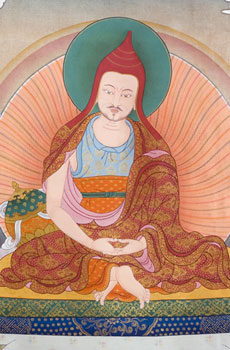 The Way of the Bodhisattva
The Way of the Bodhisattva
Pema Chodron offers an accessible commentary on this classic Tibetan Buddhist text by the eighth-century Indian sage Shantideva. She calls it "the essential guidebook for spiritual warriors who long to alleviate suffering." See also commentaries by David Michie and Vesna A. Wallace and B. Alan Wallace.
 Sand Mandala
Sand Mandala
Calling this Tibetan art form "visual scripture" Barry Bryant explains the construction of a Wheel of Time mandala, which carries a message of impermanence. Read about Tibetan monks creating a mandala at New York's American Museum of Natural History. See sand mandalas in India and Austria in Werner Herzog's documentary.
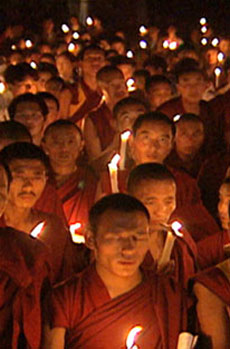 Tibet: Cry of the Snow Lion
Tibet: Cry of the Snow Lion
Director and cinematographer Tom Peosay spent ten years on this extraordinary documentary about the near-destruction of an enlightened 1,700 year old culture and the incredible suffering of the Tibetan people under Chinese Communist occupation. View the entire film at the YouTube channel of the Tibet Archive.
 Pith Instructions
Pith Instructions
"What we seek, we are." "Direct access." Those are examples of pith instructions, wise and condensed sayings handed down by Tibetan Buddhist teachers to their students for centuries. Lama Surya Das gives more examples in his book Natural Radiance, and in this Sounds True interview.
 Putting Others First
Putting Others First
"We have this habit of thinking about ourselves about 23/ 3/4 hours a day," writes Lama Christie McNally. "Tibetans have a practice where they turn this kind of thinking completely around, so it is all about others." Read how in this excerpt from The Tibetan Book of Meditation.
 Tibetan Prayer Flags
Tibetan Prayer Flags
In Blessings on the Wind, Tad Wise explains the meaning of devotional objects. Usually displayed in a set in five colors, they carry the blessings of peace, compassion, happiness, and good health to family, friends, strangers, and even enemies.
 Mind-training Slogans
Mind-training Slogans
The 59 lojong or mind-training slogans used by Tibetan Buddhists for centures prove, according to Pema Chodron, that "we can use everything we encounter in our lives — pleasant or painful — to awaken genuine, uncontrived compassion." See examples and commentaries by Pema Chodron, Chogyam Trungpa and Traleg Kyabgon.
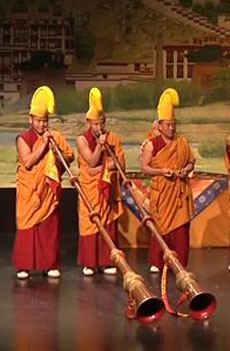 Tibetan Music and Dance
Tibetan Music and Dance
Monk Dancers of Tibet by Matthieu Ricard celebrates the cultural heritage of sacred Buddhist dance which goes back to the ninth century and still are used to teach key Buddhist concepts. This YouTube playlist includes many beautiful examples of Tibetan music and dance.
 Making Friends with Time
Making Friends with Time
Lama Surya Das' book Buddha Standard Time shows how Buddhism can be a "time management system." To experience the Eternal Now, we need to do "Mindful Moments" exercises and "Time Out" Meditations. Here are practical tips for waiting times.
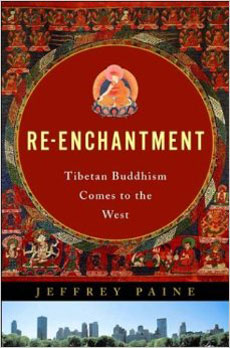 Tibetan Buddhism in the West
Tibetan Buddhism in the West
What's the appeal of this tradition? Jeffrey Paine's Re-enchantment answers that question with richly developed profiles of Buddhist teachers and a substantive history of this movement. Key to its adoption by many Westerners: the accent on qualities such as kindness, compassion, patience, generosity, and contentment.
 Master Teacher Chogyam Trungpa
Master Teacher Chogyam Trungpa
This Tibetan teacher (1940 - 1987) was a pivotal figure in the presentation of the dharma to the Western world. He founded over 100 centers and established Naropa, the first accredited Buddhist University in the United States. See all resources on S&P for Chogyam Trungpa and read excerpts from his books.
 Nonviolence and Nonretaliation
Nonviolence and Nonretaliation
Tibetan Buddhists have been leaders in the nonviolence movement. See an excerpt from Robert Thurman's Infinite Life with a powerful meditation on nonretaliation as a way to develop patience and compassion. This story about a monk imprisoned for 25 years by the Chinese reveals the fruits of this practice.
 Rejoicing in Others' Good Fortune
Rejoicing in Others' Good Fortune
Try this: the next time you are out and about, direct your attention to people in their cars or on the sidewalk and wish them all to be happy and well. Pema Chodron explains the value of this practice and what is likely to come up when you do it.
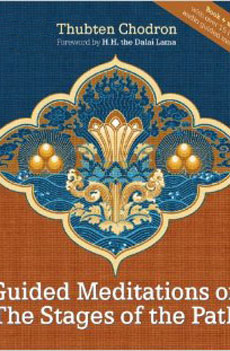 Guided Meditations
Guided Meditations
Thubten Chodron explores the Buddha's teachings designed to tame and transform the mind. For example, this very practical meditation on jealousy takes you through a process of exploring what jealousy is, what are its disadvantages, and what are its antidotes.
 Buddhism in the Workplace
Buddhism in the Workplace
Think Buddhism is about sitting on a meditation cushion? In The Mindful Leader Michael Carroll shows its relevance to the workplace and the dynamics of leadership. He includes many practices and exercises, including this one on aimleslsly wandering.
